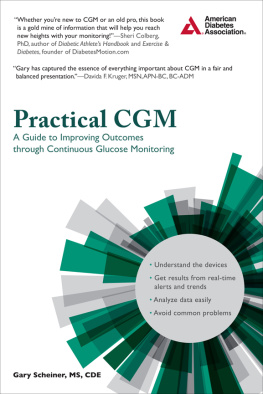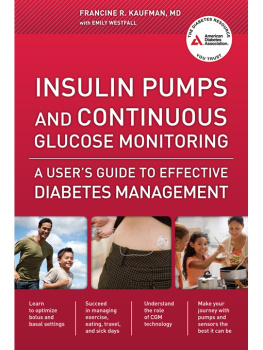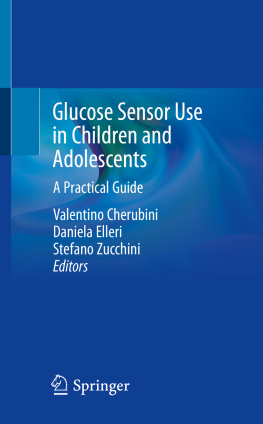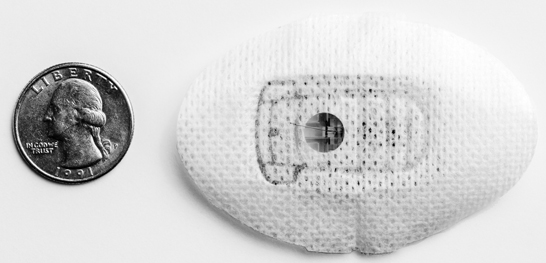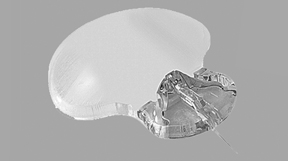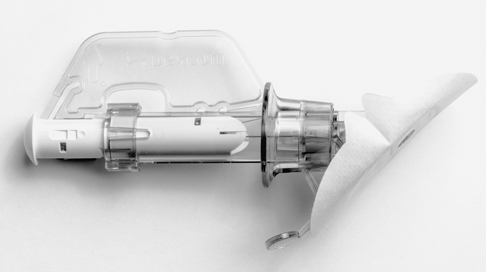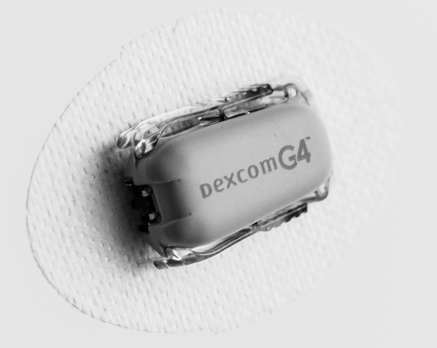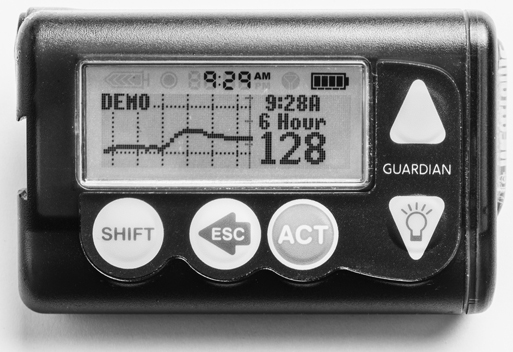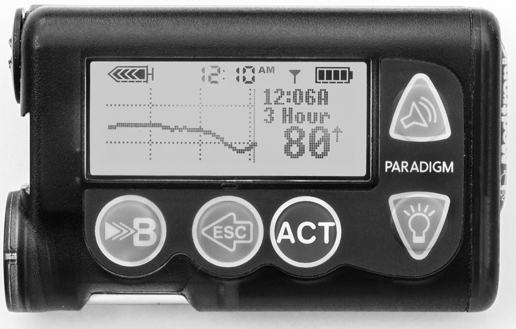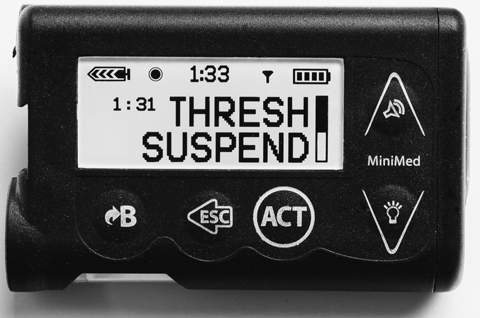Gary Scheiner - Practical CGM: Improving Patient Outcomes through Continuous Glucose Monitoring
Here you can read online Gary Scheiner - Practical CGM: Improving Patient Outcomes through Continuous Glucose Monitoring full text of the book (entire story) in english for free. Download pdf and epub, get meaning, cover and reviews about this ebook. year: 2015, publisher: American Diabetes Association, genre: Home and family. Description of the work, (preface) as well as reviews are available. Best literature library LitArk.com created for fans of good reading and offers a wide selection of genres:
Romance novel
Science fiction
Adventure
Detective
Science
History
Home and family
Prose
Art
Politics
Computer
Non-fiction
Religion
Business
Children
Humor
Choose a favorite category and find really read worthwhile books. Enjoy immersion in the world of imagination, feel the emotions of the characters or learn something new for yourself, make an fascinating discovery.
- Book:Practical CGM: Improving Patient Outcomes through Continuous Glucose Monitoring
- Author:
- Publisher:American Diabetes Association
- Genre:
- Year:2015
- Rating:3 / 5
- Favourites:Add to favourites
- Your mark:
Practical CGM: Improving Patient Outcomes through Continuous Glucose Monitoring: summary, description and annotation
We offer to read an annotation, description, summary or preface (depends on what the author of the book "Practical CGM: Improving Patient Outcomes through Continuous Glucose Monitoring" wrote himself). If you haven't found the necessary information about the book — write in the comments, we will try to find it.
Use of real-time continuous glucose monitors among people with type 1 and type 2 diabetes is growing rapidly and should continue to grow until an artificial pancreas is brought to market. Likewise, use of professional systems in healthcare practices is expanding. But, other than manufacturer instructional manuals and some book chapters on CGMs, there are no standalone publications available with concise, non-commercial instructions on CGM prescription and use.
Additionally, continuous glucose monitors are too often not used to their full and proper potential. This leaves users with suboptimal glucose control and can result in system abandonment.
To address this, diabetes educator and author Gary Scheiner has created Practical CGM: Improving Patient Outcomes through Continuous Glucose Monitoring to give healthcare providers the skill to make more effective use of the data generated by continuous glucose monitors, in both real-time and on a retrospective analytic basis. Using a plain-language approach and distilling content to concise, practical tips and techniques, Scheiner has created a guide that will help practitioners optimize patient use of CGM systems and, ultimately, improve glucose control and patient health outcomes.
Gary Scheiner: author's other books
Who wrote Practical CGM: Improving Patient Outcomes through Continuous Glucose Monitoring? Find out the surname, the name of the author of the book and a list of all author's works by series.

